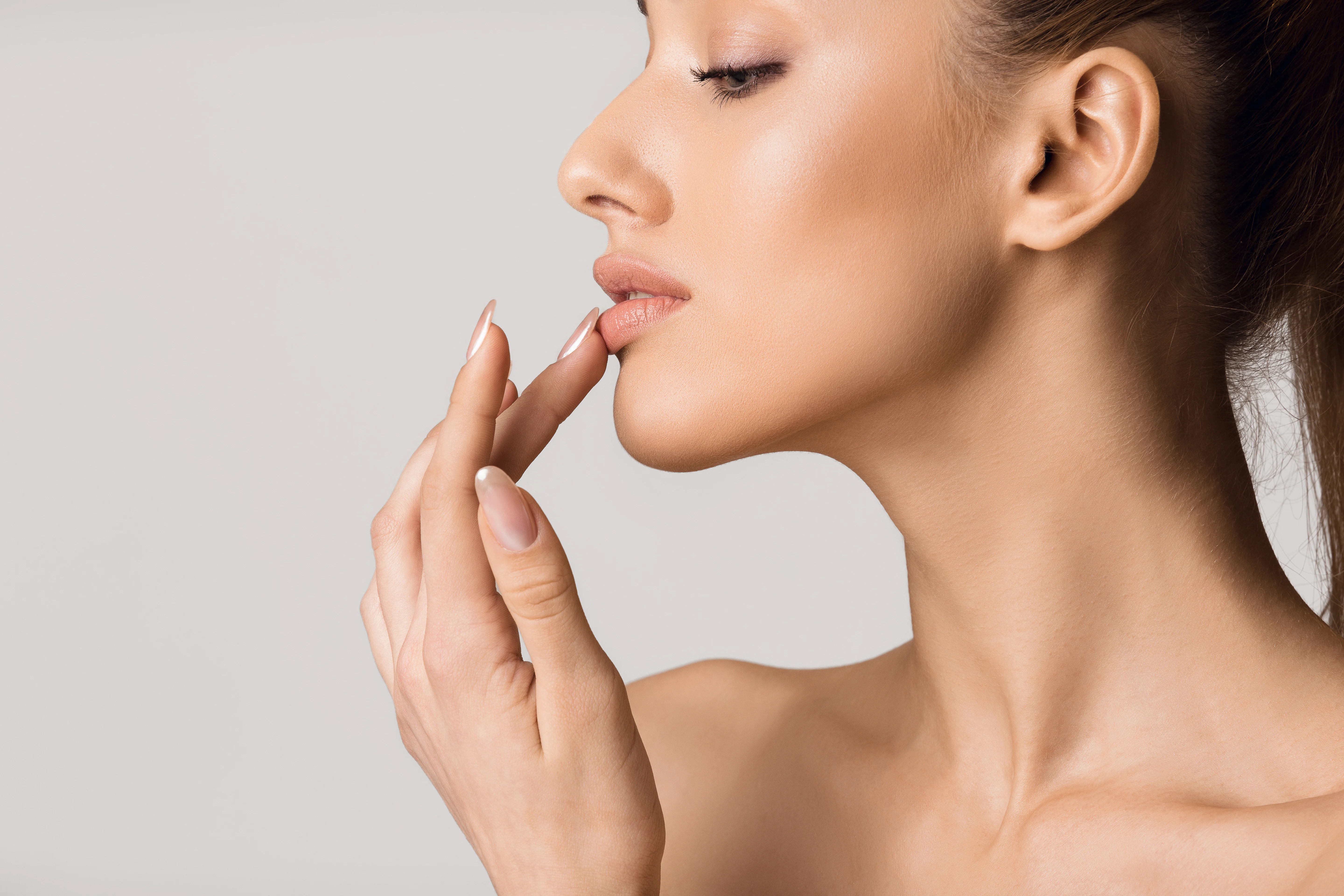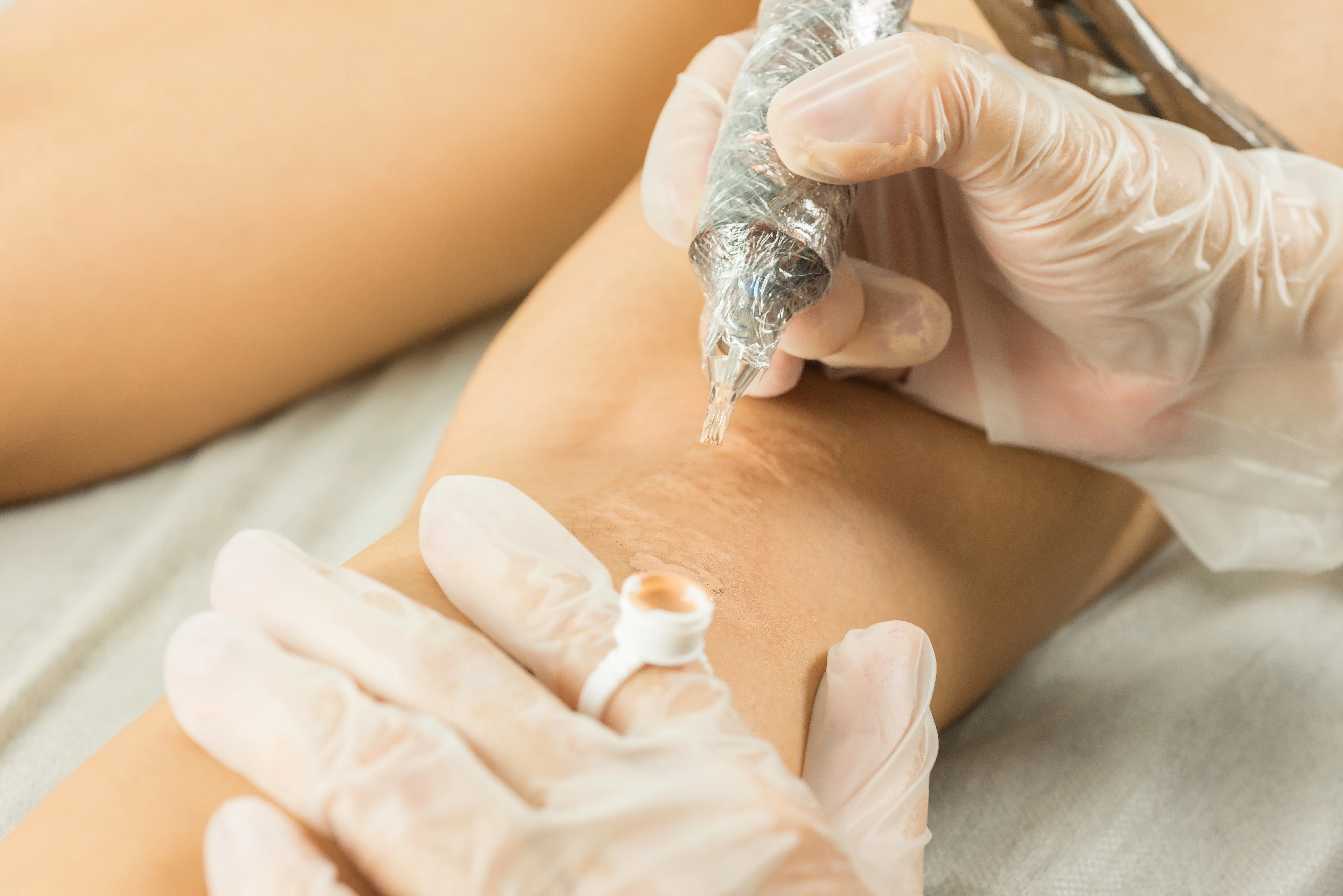Why Botox Might Not Last as Long in the Summer Heat (and What You Can Do About It)

Understanding Botox vs Fillers: A Quick Guide with Dr. Aimé
Hi, I’m Dr. Aimé, a plastic surgeon based in Scottsdale, Arizona. In today’s post, I’ll explain a common question I get in practice: What’s the difference between Botox and fillers?
Let’s break it down simply:
What is Botox?
Botox is a neurotoxin (also called a neuromodulator). That might sound intimidating, but it’s perfectly safe when administered correctly.
Here’s what it does:
- It blocks communication between nerves and muscles, causing temporary muscle relaxation.
- This helps soften dynamic wrinkles — the lines that appear from repeated facial movements like frowning or squinting.
- Common treatment areas include:
- The forehead
- Crow’s feet (around the eyes)
- The glabella (the frown lines between your brows, often called “11s”)
So, Botox is all about reducing muscle activity to prevent and soften wrinkles.
What are Dermal Fillers?
Unlike Botox, fillers don’t affect muscle activity. Instead, they’re used to restore volume that naturally diminishes as we age.
Key facts:
- Most fillers are made of hyaluronic acid, a substance found naturally in our bodies.
- They come in different thicknesses, making them versatile:
- Thicker fillers are ideal for midface areas like the cheeks, helping to lift and contour.
- Thinner fillers are perfect for delicate areas such as the lips, under-eyes, or fine lines around the mouth.
Fillers reinflate and smooth the skin, giving a more youthful, refreshed appearance .
Botox or Filler — Which Should You Choose?
The answer depends on your goal:
- If the goal is smooth wrinkles from expressions, the recommended treatment is Botox
- If the goal is add volume to hollow or sagging areas, the recommended treatment is Filler
- If the goal is treat frown lines, forehead, or crow's feet, the recommended treatment is Botox
- If the goal is plump lips, lift cheeks, or contour jawline, the recommended treatment is Filler
It’s not uncommon for both to be used in a complementary way during facial rejuvenation treatments.
Ready to Book?
When you’re planning your appointment, it’s helpful to know what each treatment does. Whether you’re looking to smooth lines or restore lost volume, understanding the role of Botox and fillers can help you have a more productive consultation with your provider.
If you have any questions, I’m always happy to help!
— Dr. Aimé
Our surgical and non-surgical treatment options
Ready to start your transformation?
Whether you’re just beginning to explore your options or have specific goals in mind, we’re here to guide you with expertise and compassion.

Read more articles

Hyaluronic Acid for Dry, Chapped Lips
Dry, chapped lips? Layer a few drops of hyaluronic acid serum under your lip balm to restore hydration and smoothness. This simple step helps your lips stay soft and moisturized—even in dry climates.

Why I Wear UPF Clothing (and You Should Too)
UPF clothing is one of the easiest ways to protect your skin from UV damage—especially while driving or spending time near windows. Dr. Victoria Aimé shares how she uses UPF sleeves, gloves, and hats daily, and why this sun-smart habit is a must for long-term skin health.

Medical Tattooing for Scars: An Effective Option for Natural-Looking Results
Learn how medical tattooing can effectively camouflage scars and hypopigmented areas. Ideal for tummy tuck scars, breast lift scars, or post-reconstruction areolas, this treatment blends pigment naturally for more confident, seamless results.

How to Choose and Use Sunscreen: What SPF Really Means
Not all sunscreens are created equal. Learn what SPF really means, how to apply sunscreen correctly, and which options Dr. Aimé recommends for daily protection.
